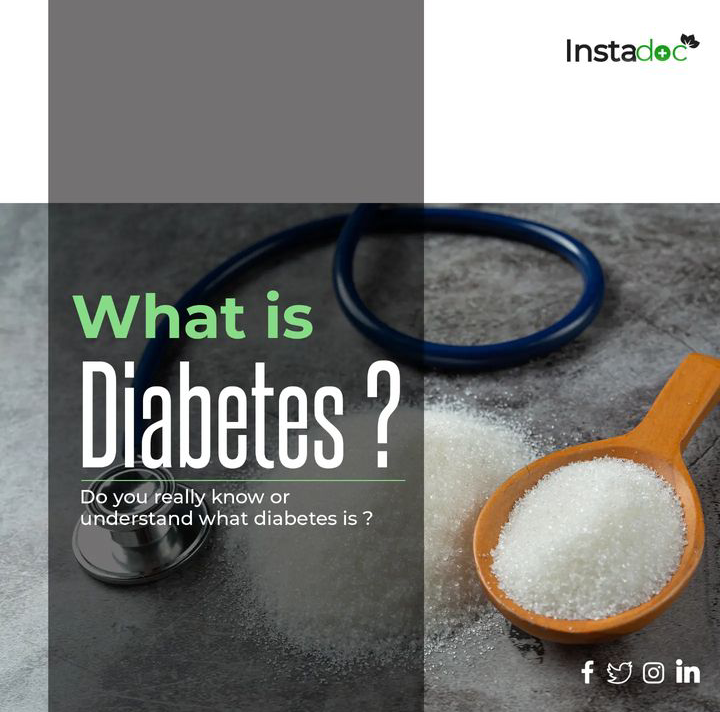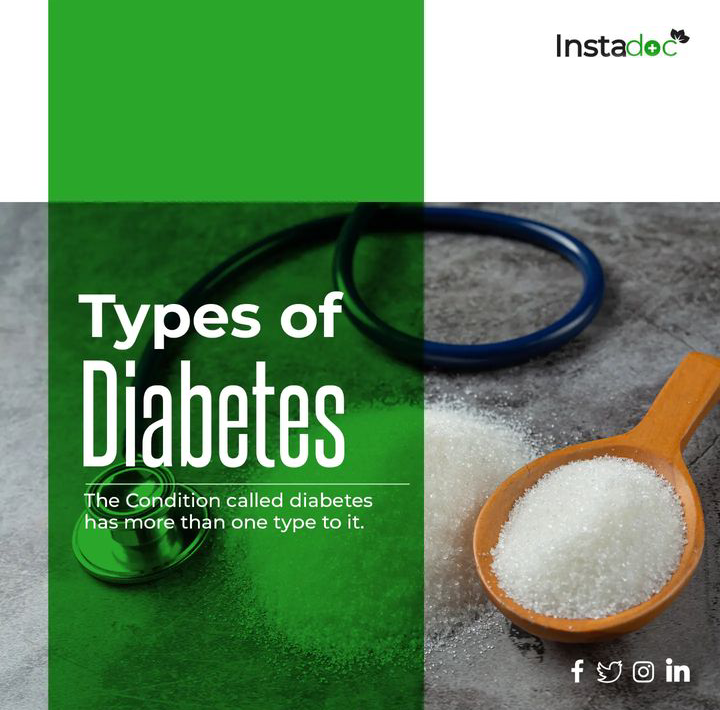CEREBROSPINAL MENINGITIS... What you need to know
- 2 years ago
- 0 Comments
- MY HEALTH
CEREBROSPINAL MENINGITIS...What you need to know
Meningitis is inflammation of the meninges, (coverings of the brain and spinal cord); hence the term cerebrospinal.
Typically, the central nervous system (CNS) is well protected by the skull, the meninges and the blood - brain barrier. But when an organism evades these structures, it spreads fast because of lack of defense mechanism within the CNS.
Meningitis is caused by bacteria, viruses, fungi, even protozoa. However, the bacterial meningitis is more lethal because it affects every structure in the CNS (including the nerves, blood vessels, the brain mass, and so on; and causes complications, unlike the viral meningitis that is usually mild.
BACTERIAL MENINGITIS
Bacterial Meningitis is caused by quite a number of bacteria depending on the age group. The one involved in outbreaks is that caused by Neisseria meningitides. It is a FRAGILE organism.
This organism has a capsule which is used to classify into nine (9) serogroups viz A, B, C, D, X, Y, Z, 29E, W135. Of these, A, B, C, are MAJOR while the others are MINOR. A and C are responsible for most outbreaks in Africa, especially those countries within the MENINGITIS BELT.
Outbreaks occur during the hot seasons, typically from January to March, and decreases afterwards.
INCUBATION PERIOD: Usually 1 to 10 days with an average of 4 days
RISK FACTORS
Humans are the only reservoir but not everyone exposed to the bacteria develops symptoms.
These factors include:
- Age: Although N.meningitides affects all age group, it is commoner in very young children beyond one month of age and children are more likely to die from it.
- More males are affected more than females.
- Preceded by respiratory tract infections like ear and nose infections. In fact, healthy people can carry it in their nose and throat for a long time without them having the disease. But they can spread it to others.
- Sickle cell patients.
- People who have had their spleen removed.
Outbreaks are compounded by the presence of some factors:
- Increased level of poverty.
- Overcrowding.
- Poor immunization coverage.
- Self-medication prevalence.
- Late presentation due to ignorance and patronage of traditional treatment providers.
MODE OF SPREAD
This is from person to person by direct contact with respiratory droplets of infected persons.
Also, people living in crowded conditions like boarding schools, military recruits, are more prone to infection during outbreaks than other individuals.
SYMPTOMS
In adults:
- Fever
- Headache
- Neck stiffness
- Vomiting
- Joint pains
- Convulsions
In Children:
Children may present with irritability, excessive crying, vomiting, bulging of anterior fontanelle.
COMPLICATIONS
Classified into early and late complications.
Early complications include:
- Coma
- Transient deafness
- Convulsions
Late complications include:
- Permanent deafness
- Intellectual impairment
- Epilepsy
- Hydrocephalus
PREVENTION AND CONTROL
- Immunization with monovalent or polyvalent vaccines of A, C, Y, W135. This can contain outbreaks within 1 to 3 weeks.
- Avoid close contact with affected individuals.
- Avoid overcrowding.
- Sneeze into sleeves.
- Early presentation.
- Avoid self medication





Comments (0)